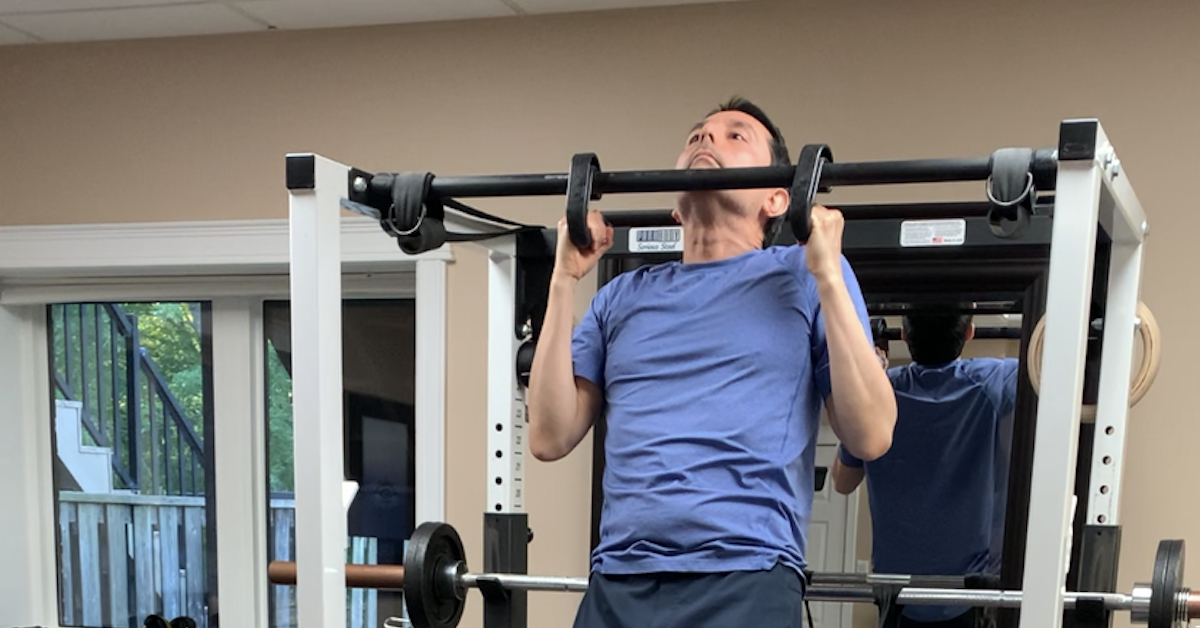Resistance training isn’t just for bodybuilders. Whether you’re just starting out, returning after a break, or training for performance, knowing how to build a smart program will save you time, prevent injury, and ensure continuous gains.
In their 2004 review Fundamentals of Resistance Training: Progression and Exercise Prescription, Kraemer & Ratamess laid out principles that are over 20 years old — but still spot-on today. Here’s everything you need to know to design and follow a solid resistance training plan that works.
What You’ll Learn
- How to assess needs and set goals
- Key variables in exercise prescription (load, volume, rest, etc.)
- How to progress over time and use variation
- Monitoring & safety tips
- Templates & cheatsheet you can print and apply
1. Needs Analysis & Goal Setting
Start with:
- Individual status: training experience (novice, intermediate, advanced), injury history, medical conditions
- Goals: strength, hypertrophy, endurance, power, rehab, general health
- Sport or daily demands: what movements, energy systems, patience, or performance metrics matter
Check current strength levels: 1RM or safe submaximal tests; mobility; joint health; weakest links.
2. Designing Your Workout
Choose exercises, order, and plan frequency smartly.
| Component | Recommendations |
|---|---|
| Exercise selection | Big, multi-joint lifts (e.g. squat, deadlift, bench, overhead press) first; assistance or single-joint work later |
| Exercise order | Power → strength → hypertrophy → accessory; alternate upper/lower or push/pull to manage fatigue |
| Training frequency | Novice: 2-3 full-body sessions; Intermediate: 3-5 sessions; Advanced: maybe multiple sessions per muscle group each week |
| Session structure | Warm-up → main work → accessory / mobility / cool-down |
3. Key Variables & Practical Ranges
Here are the adjustable elements you’ll use:
- Intensity: Strength/power: 1‑6 reps; Hypertrophy: 6‑12; Endurance: 12+ reps
- Volume: Novice: 1‑3 sets/exercise; Intermediate+: more sets/exercises
- Rest: Strength/power: 2‑5 min; Hypertrophy: 30‑90 sec; Endurance: <60 sec
- Tempo & contraction type: Controlled eccentric, fast concentric for power
- Effort: 1‑3 reps in reserve; avoid constant failure training
4. Progression & Periodization
This is where many plans stall. Here are strategies that work:
- Progressive overload: gradually increase load, reps, sets, or decrease rest
- Periodization: plan phases (Hypertrophy → Strength → Power → Maintenance)
- Linear (novices) vs. undulating (intermediate/advanced) formats
5. Monitoring, Testing & Safety
- Retest strength (1RM or submax) every 4-8 weeks depending on your program
- Use subjective and objective markers: RPE, fatigue, mood, resting heart rate, soreness
- Technique is king — regress when form breaks
- Use warm‑ups, supervision, and gradual progression
6. Special Populations & Modifications
- Beginners: moderate volume, technique focus
- Older adults: prioritize strength, power, balance; slower ramp
- Athletes: align phases with sport seasons; mimic performance demands
- Injury/clinical: include rehab‑friendly variants, careful load
7. Practical Program Templates
Template A: Novice (8‑12 weeks)
| Day | Exercises | Sets x Reps | Rest |
|---|---|---|---|
| Full‑Body 3×/week | Squat, Deadlift, Bench, Row, Overhead Press, Core/Mobility | 2‑3 x 8‑12 (65‑75% 1RM) | 60‑90 sec |
Template B: Intermediate
| Phase | Focus | Split | Sets x Reps | Frequency |
|---|---|---|---|---|
| Hypertrophy | Build volume | Upper/Lower or Push/Pull | 3‑5 x 8‑12 | 2x/week |
| Strength | Increase load | Same or full‑body | 3‑5 x 3‑6 | 1 heavy + accessory |
| Power | Explosiveness | Include jumps/throws | 1‑3 reps explosive | 1‑2/week |
8. Cheatsheet Summary
Here’s a quick reference you can keep handy:
| Goal | Reps | Sets | Rest | Notes |
|---|---|---|---|---|
| Strength/Power | 1‑6 | 3‑6 | 2‑5 min | Big lifts; lower volume |
| Hypertrophy | 6‑12 | 3‑5 | 30‑90 sec | Moderate load |
| Endurance | 12+ | 2‑4 | <60 sec | Light load; circuits |
| Novice | 8‑12 | 1‑3 | 60‑90 sec | Focus on consistency |
| Older Adults | 8‑15 | 2‑4 | 60‑120 sec | Slower progression |
Conclusion
The principles from Kraemer & Ratamess (2004) remain deeply relevant today. If you’re ready to get serious, start simple, track progress, and adjust as you grow.
Further Reading
For in‑depth guidance on building programs for all levels, pick up The Elite Trainer: Strength Training for the Serious Professional.

The Elite Trainer: Strength Training for the Serious Professional
The Elite Trainer is the go-to resource for strength coaches, personal trainers, and serious lifters who want to master program design. Covering everything from sets and reps to tempo, rest, and periodization, this book gives you the tools to create individualized programs that deliver results. Packed with proven methods, expert insights, and over 100 exercise illustrations, it’s a must-have reference for anyone serious about strength training.

From Zero to Two: Leo’s Chin-Up Breakthrough
When Leo began training with me in September 2024, our first goal was to improve body composition — lose fat,

Neck Extensions Before Arm Curls: Unlock More Strength
When most people warm up for arm curls, they’ll hit a few light sets or maybe stretch out a bit.

Priming Exercises: The Secret Weapon for Explosive Performance
Most athletes warm up before training or competition—but few take advantage of priming exercises. These short, explosive sessions can “pre-charge”
follow
Error: No feed with the ID 2 found.
Please go to the Instagram Feed settings page to create a feed.
